Wildflowers on the Lone Star Hiking Trail
By
Cathy Murphy
Posted: 2025-11-01T12:00:00Z
Wildflowers on the Lone Star Hiking Trail
In November 2015 groups of students, Scouts, and volunteers placed a special mixture of wildflower seeds and sand in shaker cups and spread wildflower seed as they hiked along the Lone Star Hiking Trail. This seed mixture included Bluebonnets, Indian Blankets, Turks Cap, Pink Evening Primrose, Black Eyed Susan, Mexican Hat, and Purple Coneflower.
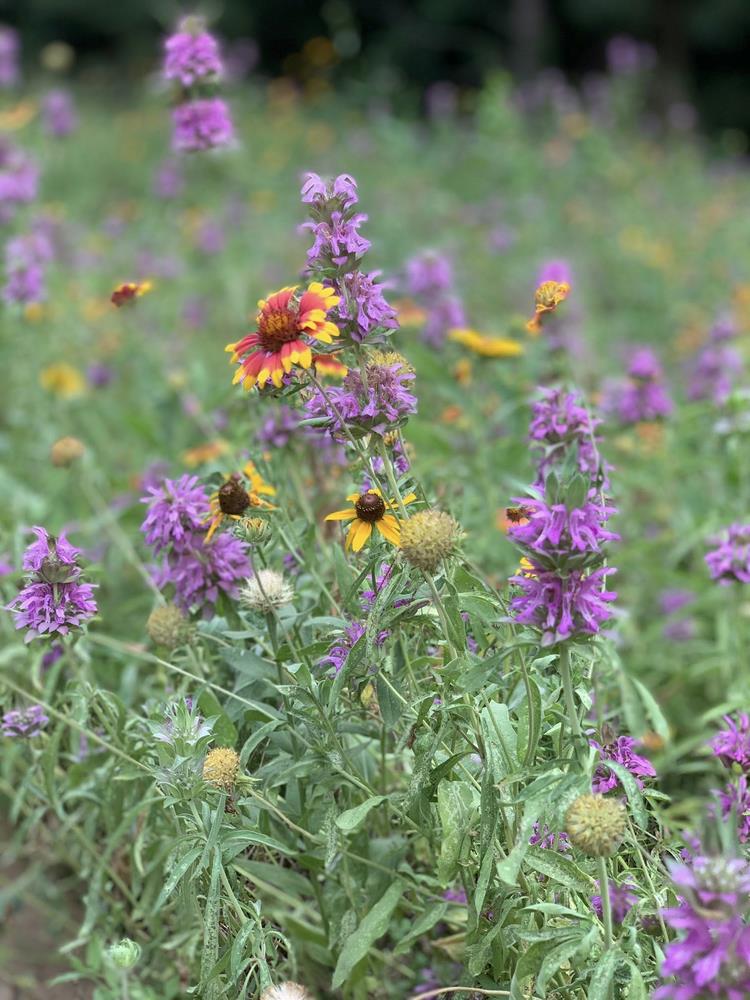
Indian Blanket Gaillardia pulchella, Texas Coneflower Rudbeckia texana,
Lemon Beebalm Monarda citriodora (Credit Melanie Michaelchuck)
A Scout troop began at LSHT Trailhead # 1 Richards (FS 219, 4.3 miles north of FM 1375 and FM 149 Intersection) and distributed the wildflower seeds along the 8.6 miles to Trailhead # 3 North Wilderness (FM 149, 1.2 miles south of FM 1375).
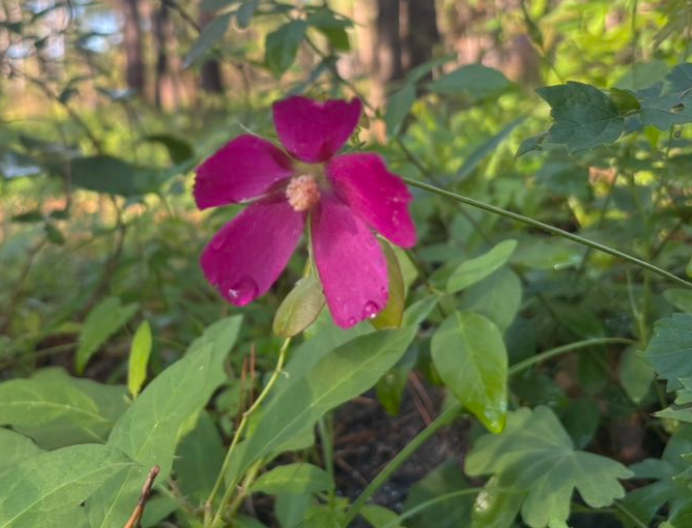
Winecup Callirhoe involucrate (Credit Pennie Stewart Stanley)
A key spring wildflower viewing area along the trail will begin one mile from TH #1 and continue for at least a mile in an open area caused by a wind storm blowdown. In the fall this same location will be covered with fruiting American beautyberry bushes. Hike Map: http://lonestartrail.org/maps/simple/01wilderness.pdf
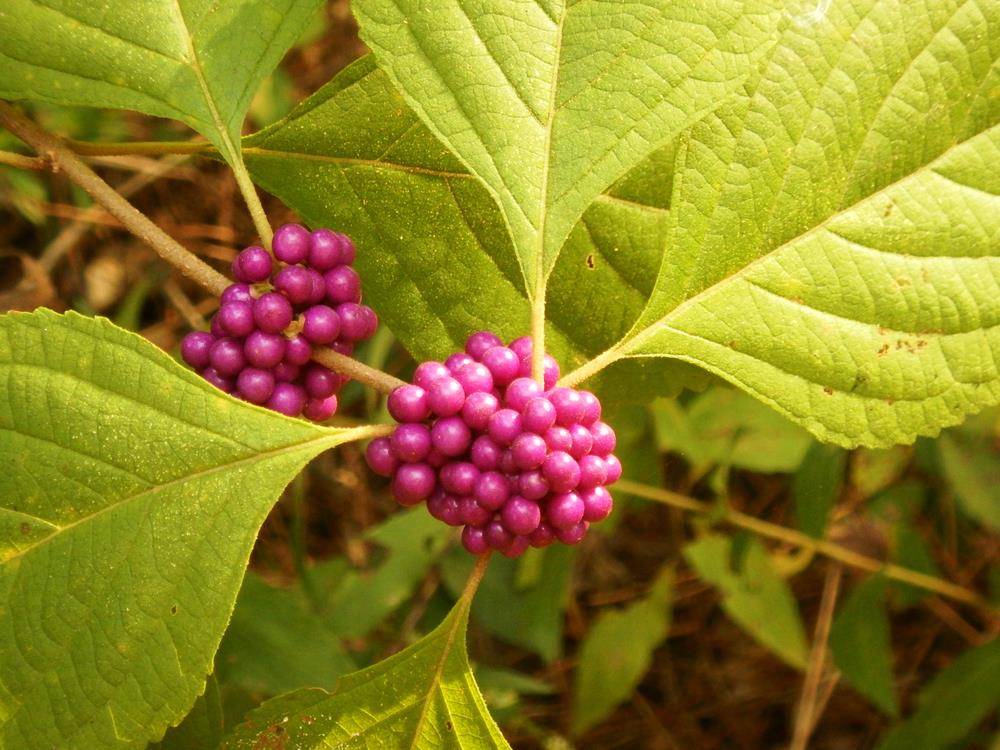
American Beautyberry Callicarpa americana
A second group spread the seeds as they hiked the 3.8 miles between Trailhead # 6 Stubblefield South (FM 1375, 8.1 miles west I-45) and Stubblefield Lake Recreation Area (Google Map: https://maps.app.goo.gl/FUcoSqpiQ1tQGtxCA).
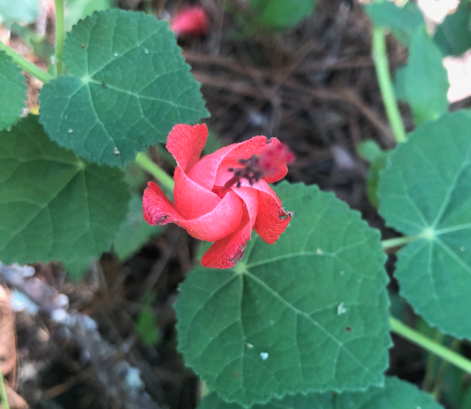
Turks Cap Malvaviscus arboreus var. drummondii (credit Karl Van Scyoc)
In the spring, an excellent viewing spot will be along the slopes of Stubblefield Lake bordering Stubblefield Campground. Hike Map at http://lonestartrail.org/maps/simple/03stubblefield.pdf.
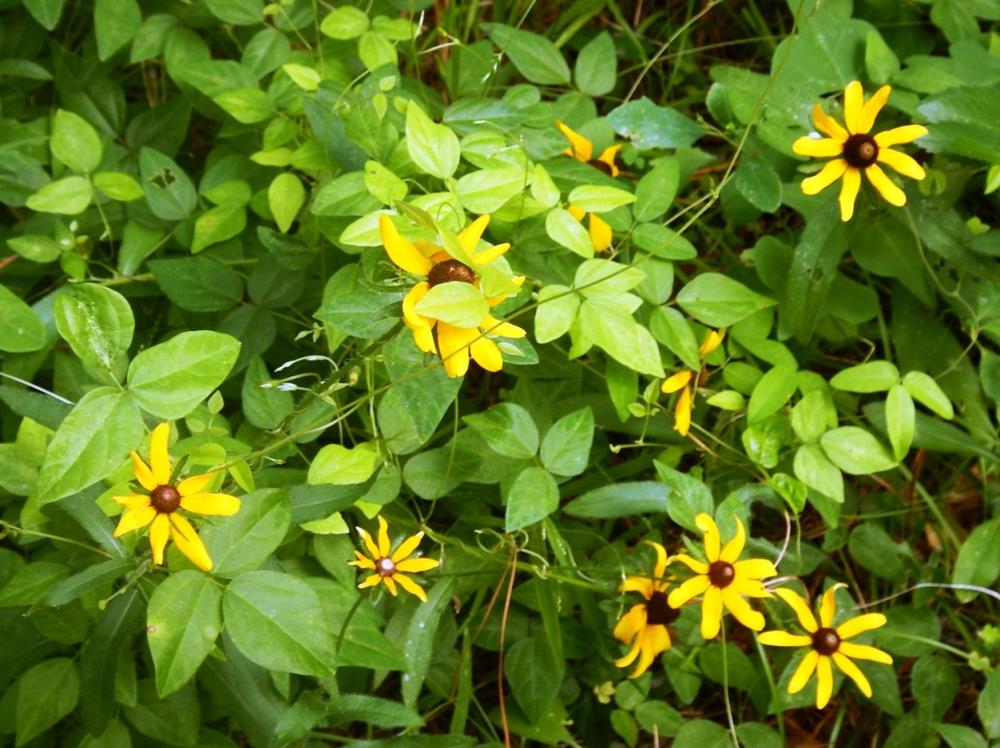
Black-eyed Susan Rudbeckia hirta
Another set of volunteers hiked and sowed the 1.7 miles of family-friendly loop trails in the Big Creek Scenic Area: Trailhead # 12 Big Creek (FS 217, 0.9 mile east of FS 221). This would be an excellent wildflower viewing outing for the entire family. Hike Map at http://lonestartrail.org/maps/simple/09bigcreek.pdf
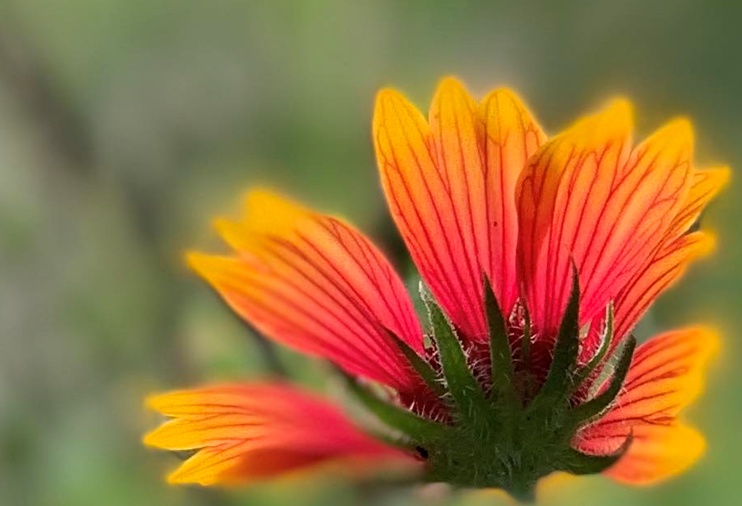
Indian Blanket Close-Up Gaillardia pulchella (Credit Melanie Michaelchuck)
The wildflower seeding was funded by a grant from the National Environmental Education Foundation and coordinated by Allen Pape.